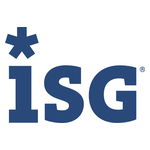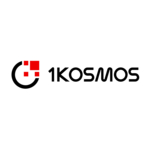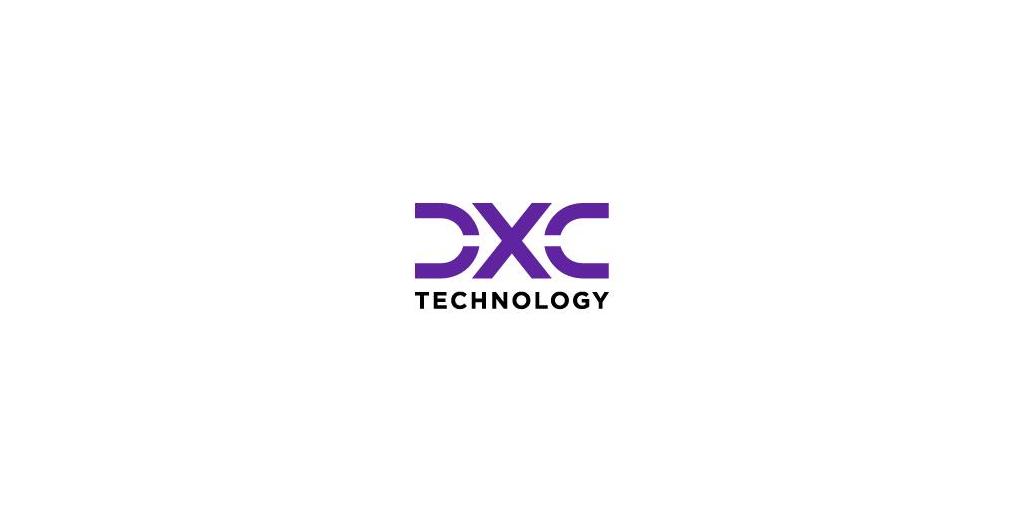The company’s novel, patent-pending microchips are ultra-low loss and can provide up to 4x improvement in efficiency compared to existing phased arrays.
Oso Semiconductor Closes $5.2M Seed Round to Power the Next Generation of Phased Array Antennas in Satellite Communication, 5G and Radar Systems
Media
Kerry Walker
kerry@walkercomms.com
Oso Semiconductor, a developer of power-efficient, high-performance, low-cost chipsets for next generation wireless communication and sensing applications, today announced it has raised an oversubscribed $5.2 million seed round. Engine Ventures led the round, with Entrada Ventures, Berkeley SkyDeck and J-Ventures also participating. Oso Semiconductor will use the capital to build pre-production beamforming chipsets and evaluation systems for initial customers in the satellite communications (SATCOM) market, and leverage these hardware platforms to secure additional customer commitments across SATCOM, 5G and radar applications.
Phased arrays with electrically steerable antennas (ESAs) offer superior technical capabilities over traditional parabolic antennas, directing concentrated radio beams with both precision and speed. By aligning individual radio waves to reinforce one another, ESAs can increase bandwidth and enhance point-to-point signal quality, ultimately improving wireless communication data transmission, and enabling radar and other sensors to track multiple moving targets. However, the high cost and power consumption required of ESA chipsets are hindering growth for crucial applications, including satellite payloads which are projected to represent a $11.3 billion USD market by 2026, and the planned building and launch of 38,000 new satellites by 2033.
“One of the biggest challenges for the SATCOM market is the high cost of ESAs, and estimates indicate that wireless microchips represent the bulk of those high costs and steep power consumption,” said Dr. Matthew Anderson, founder and CEO of Oso Semiconductor. “Our novel chip design will enable products to provide up to 4x improvement in efficiency compared to existing ESAs, and allow manufacturers and integrated satellite operators to put more antennas on an access point while consuming less power – meaning they can serve more data and generate more revenue.”
Oso Semiconductor has developed novel beamforming circuit technology that has a fraction of the losses of conventional approaches. The innovation was inspired by Dr. Anderson’s work in the Electrical Engineering and Computer Science department at the University of California, Berkeley. Oso Semi has devised new algorithmic approaches to phase shifting and combining that allow for a simplified chip design with fewer amplifiers. Oso Semiconductor’s patent-pending beamformers, featuring the company’s unique Combiner-First™ architecture, provide significant power and cost savings for any phased array antennas used for SATCOM, 5G and radar systems, especially those operating at microwave and millimeter-wave frequencies above 6GHz.
“Thanks to insatiable demand for communications bandwidth, ESAs could soon become ubiquitous in all wireless systems, but we desperately need improvements in power, size and weight to support more rapid commercial adoption,” said Reed Sturtevant, General Partner, at Engine Ventures. “Oso Semiconductor’s cost- and power-effective microchips bring unprecedented efficiency and simplicity to phased array systems, and have the potential to dramatically accelerate the communication and sensing landscape.”
The Oso Semiconductor founding team brings extensive hardware system development, wireless architecture and integrated circuit design experience. While at Berkeley, Dr. Anderson specialized in radio frequency, mmWave and mixed signal circuits, and he previously served as an electrical engineer at Apple. The company’s Head of Engineering, Greg LaCaille, developed massive MIMO phased array systems at Berkeley, and has broad expertise in mmWave and RFIC design. For more information on Oso Semiconductor or to view open positions at the company’s Mountain View, California headquarters, visit www.ososemi.com.
About Oso Semiconductor
Founded in 2022 and spun out of the University of California, Berkeley, Oso Semiconductor is building the most power-efficient, high-performance chipsets for next-generation wireless communication and sensing applications. The company’s ultra-low loss beamforming technology provides massive power and cost savings for phased array antennas used across satellite communication, 5G and radar systems. For more information, visit www.ososemi.com or follow the company on LinkedIn.
View source version on businesswire.com: https://www.businesswire.com/news/home/20250211866263/en/

 Business wire
Business wire 












Add Comment